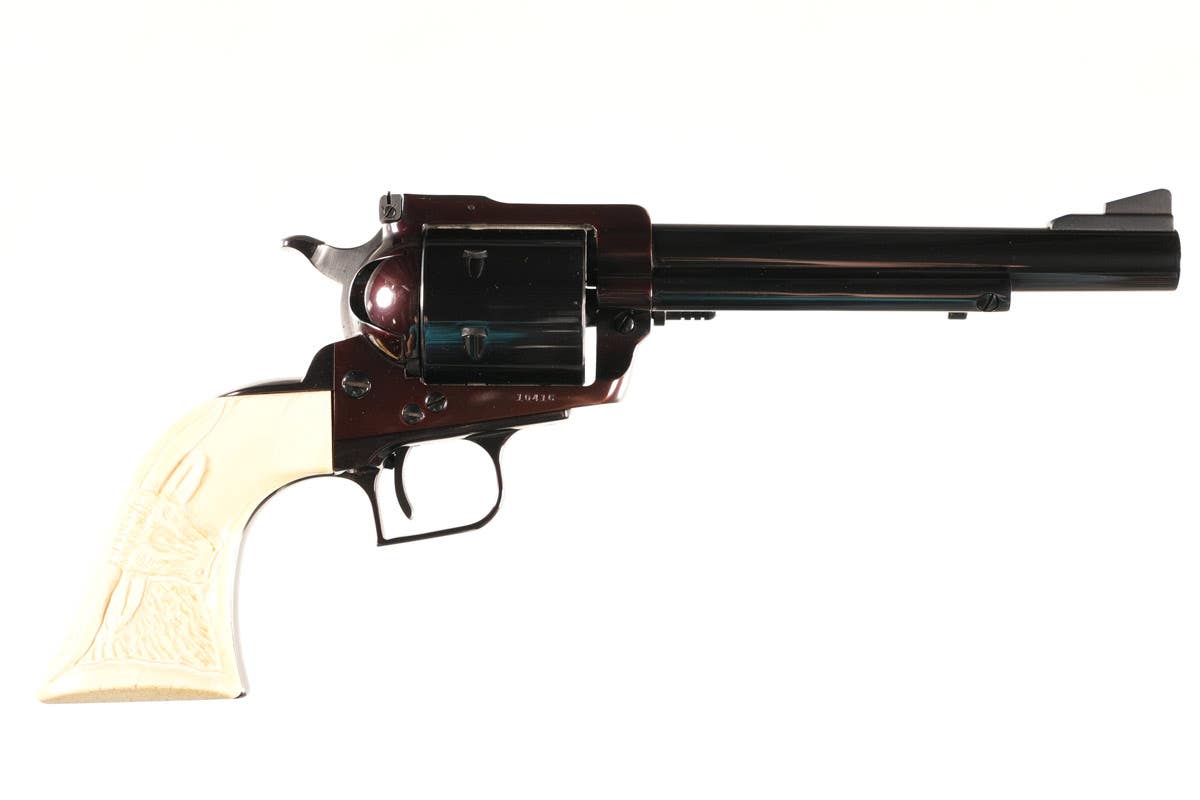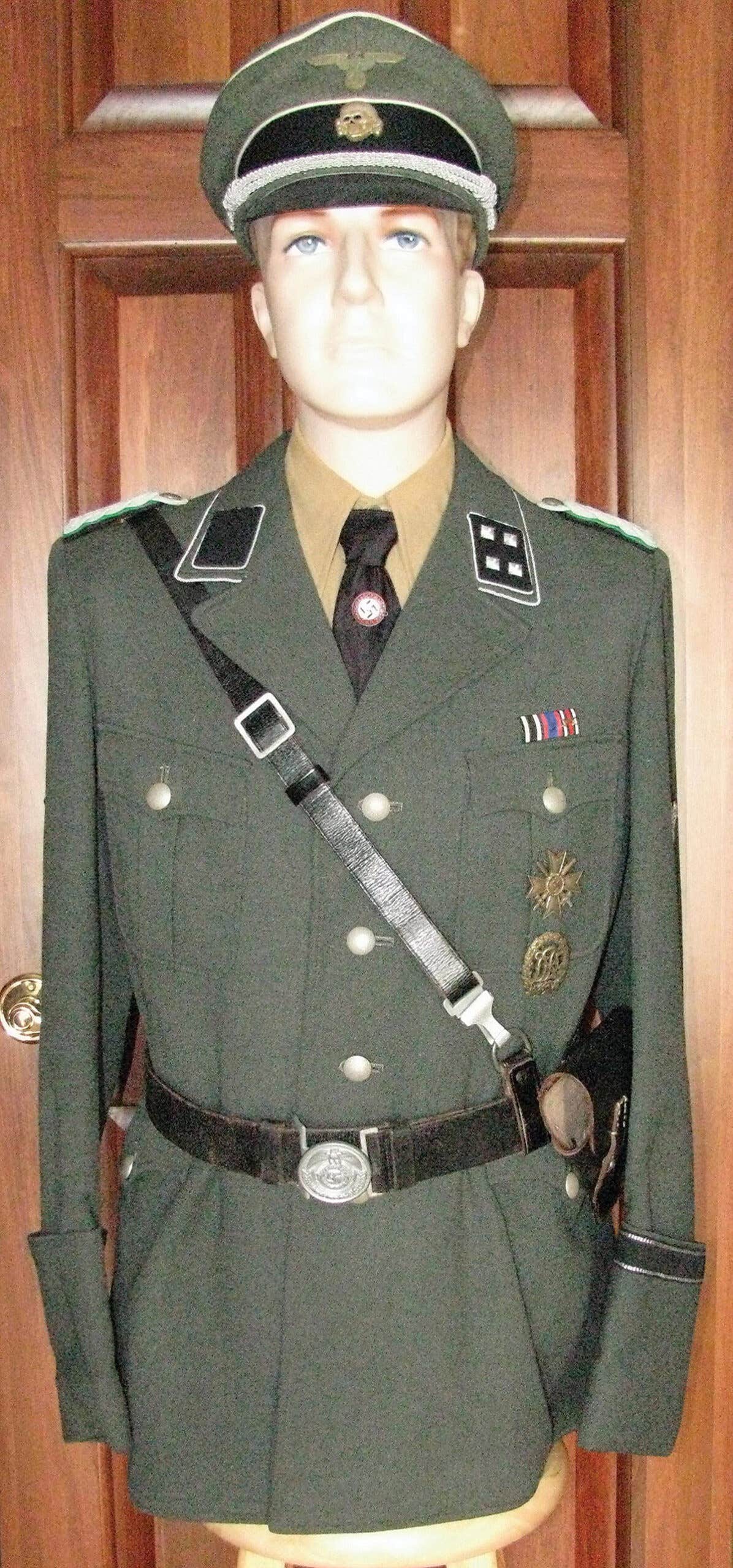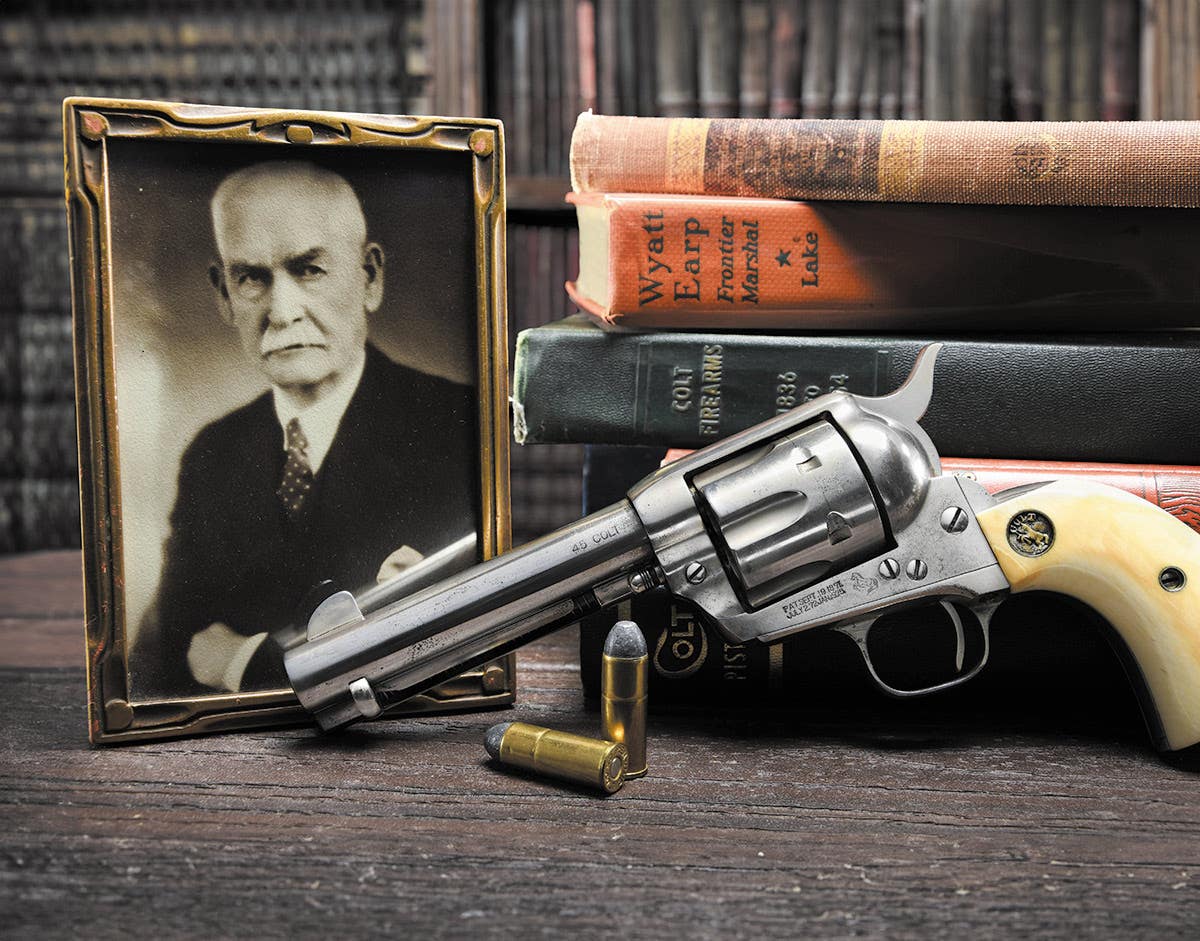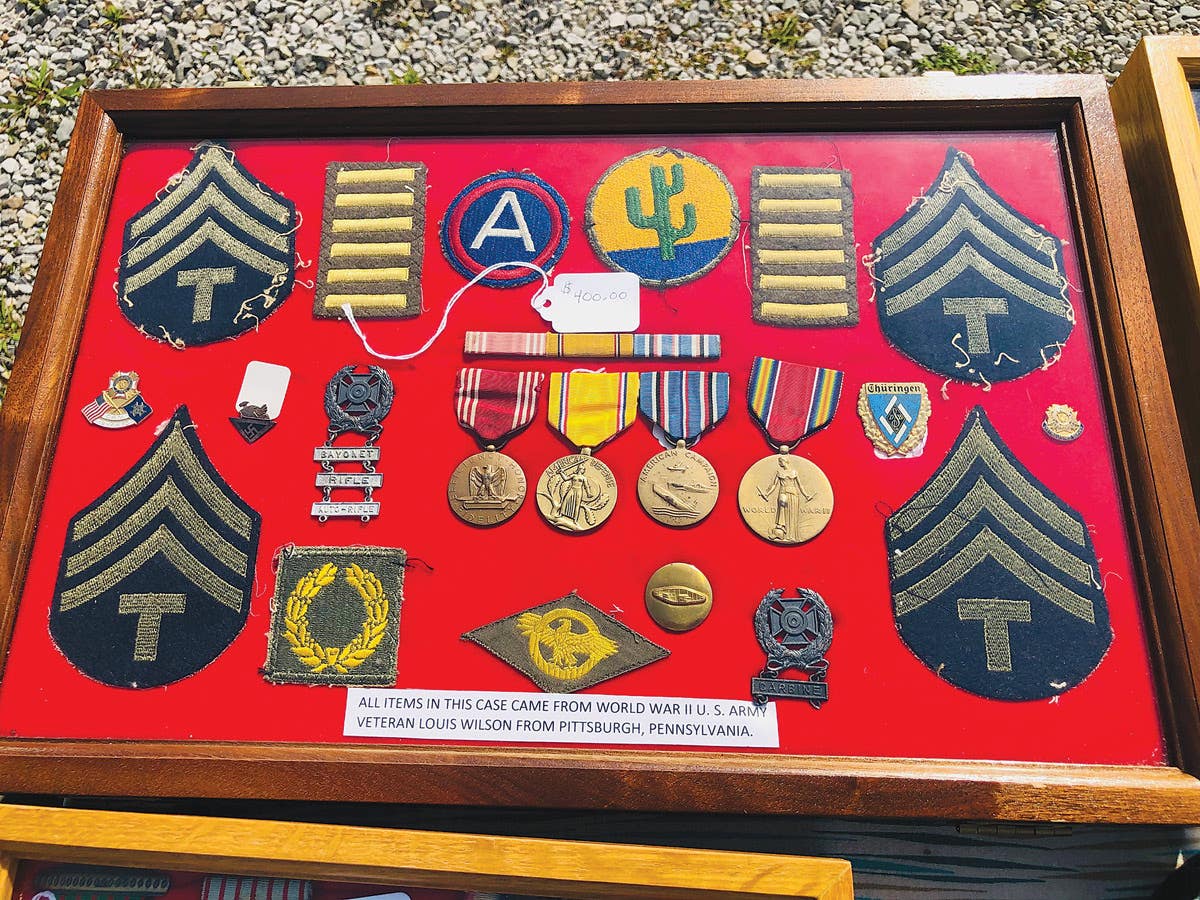Capa’s Lost Spanish Civil War Negatives Discovered in Mexico
Hailed as the ‘holy grail’ of photojournalism, the discovery of the long-mourned cache of photographs after almost 70 years has sent shockwaves through the photography world.
A lost treasure trove containing thousands of negatives by one of the world's most famous photographers, Robert Capa, has been recovered.
Hailed as the 'holy grail' of photojournalism, the discovery of the long-mourned cache of photographs after almost 70 years has sent shockwaves through the photography world.
Example of the negatives found in the missing "Capa Cache."
"This really is the holy grail of Capa work," Brian Wallis, the International Cetner of Photography's chief curator told the New York Times recently, who added that besides the Capa negatives, the cracked, dust-covered boxes had also been found to contain Spanish Civil War images by Gerda Taro, Robert Capa's partner professionally and at one time personally, and by David Seymour, known as Chim, who went on to found the influential Magnum photo agency with Capa.
The discovery of the pictures, revealed by the New York Times, is being hailed as a huge event, partly because it is hoped that the negatives could settle once and for all the question that has dogged Capa's legacy: whether what may be his most famous picture - and one of the most famous war photographs of all time - was staged.
Known as "The Falling Soldier," the sequence of photographs shows a Spanish Republican militiaman reeling backwards at what appears to be the instant a bullet strikes his chest or head, on a hillside near Cordoba in 1936.
When the picture was first published in a French magazine it created a sensation and helped raise support for the Republican cause.
Doubts about the authenticity of the sequence emerged after Phillip Knightley pointed out in his book, "The First Casualty," that at the moment of death the soldier was still clutching his rifle. Knightly also argued that a companion photograph, apparently showing the same soldier lying on the ground, proved the photograph was staged.
Richard Whelan, Capa's biographer, later made a persuasive case that the photograph was not faked but doubts have persisted. A negative of the shot has never been found and the discovery of one could end the debate.
"Capa practically invented the image of the globe-trotting war photographer," said Wallis, who is now working to conserve and catalogue the 3,500-plus negatives.
The lost negatives were photographs that Capa took during the Spanish Civil War. They were left behind in a Paris darkroom after the photographer fled Europe for America in 1939. He assumed they were lost during the Nazi invasion and he died in 1954, on assignment in Vietnam, still believing that to be the case. Then, in 1995, Jerald R Green, a professor at Queens College, part of the City University of New York, received a letter from a Mexico City film-maker saying he had inherited three suitcases of negatives from his aunt and had identified the contents as Capa's masterpieces.
Recently, after years of negotiations over where they should be kept, the legal title to the negatives was transferred by the film-maker, who has asked to remain anonymous, to the Capa estate.
According to Wallis, the full story of how the negatives made their way to Mexico might never be known. However, it it believed that Capa asked his darkroom manager, a Hungarian photographer named Imre Weisz, to save his negatives in 1939 or 1940, when Capa was in New York and feared his work would be destroyed.








